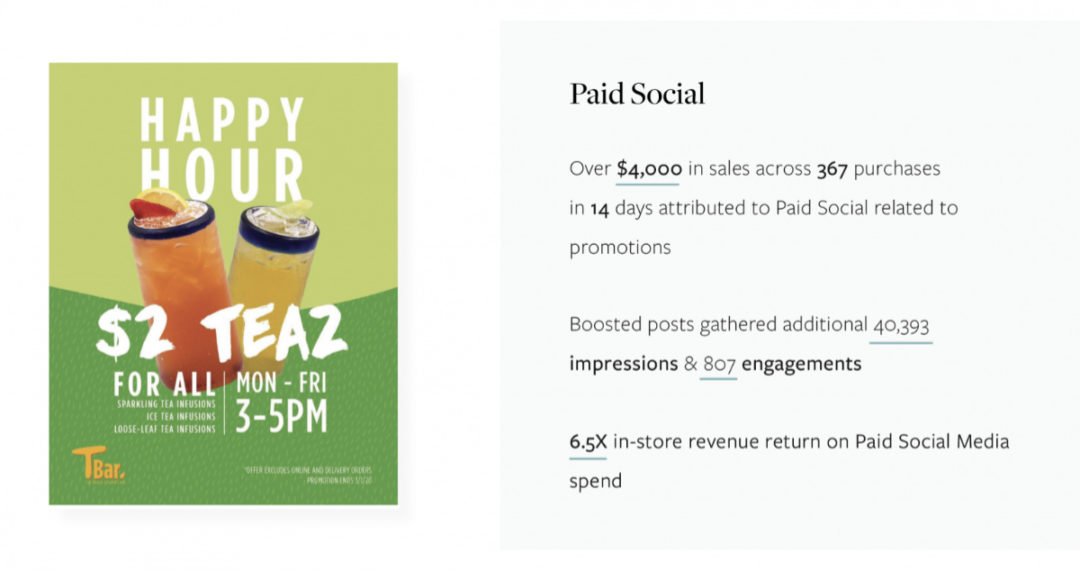It can be incredibly expensive for small and mid-sized restaurant companies to pay for the expertise and resources needed to be successful in digital marketing. Unanticipated costs can include SEO, paid search, content, social media, website or app design, analytics, technology, hardware, software, and subscriber-service costs needed to plan, implement and analyze digital, mobile and social marketing.
In an effort to save money, many retail foodservice operators try to manage digital marketing in-house, a cost-cutting measure that can backfire.
“In a strong economy there’s so much business to go around that shoddy or inconsistent digital marketing practices often go unpunished. But not so in a down market when you have to make sure every marketing dollar works,” advises Kevin Howe, an experienced digital marketer.
“Executed properly, digital marketing more than pays for itself with the assurance that every dollar spent is generating an incremental dollar amount of revenue, imperative in the current business climate.”
His firm, Three29, a leading Sacramento-based digital marketing agency that launched in 2010 on the heels of the Great Recession, is experiencing unprecedented growth even in spite of the Coronavirus pandemic and shutdown. The agency has added more than $1.9 million in capitalized billings in just the past month, much of it attributed to restaurants looking to lead the pack as states re-open.
“We are digital marketing experts with a laser focus on advertising ROI, which is the only metric that really counts right now,” says Howe. “Our ability to launch a campaign or platform in weeks versus months in the current COVID-19 environment can buoy our restaurant clients as they return to in-house operations.”
Testimonial
Sacramento-based TBar Tea & Fusion Café needed to solidify their brand image, grown online and mobile ordering revenue and build their loyalty program in order to boost sales. Three29 updated and simplified the logo and marketing materials and adopted the moniker TBar to facilitate brand recognition and engagement.
With the new brand design, a responsive website to enhance mobile ordering and loyalty program signups was developed. To reflect a youthful, health-oriented audience, graphics emphasizing fresh ingredients were featured in content marketing and advertising across appropriate social media platforms.
Results included a 70% increase in followers, 500% increase in engagement and 1,554 percent increase in daily impressions, all contributing to $4,000 in additional sales over 14 days.
The team at Three29 is capable of producing similar results for quick service restaurants across the country and offers digital marketing strategies and tactics restaurants can use to bring back customers while setting up the business for long-term success.
As the nation’s second largest private-sector employer, the food service industry could lose $225 billion of the $899 billion in projected annual revenue by the end of the year, according to the National Restaurant Association. As reopening measures vary greatly from state to state and city to city, including restricted seating and reduced hours, it may be worse for businesses in harder hit areas. Also, after federal-loan funds run dry, the pressure to stimulate sales will become even more intense.
In times of recession or down markets, advertisers typically cut or eliminate advertising spends. For example, $60.5 billion in global ad spending evaporated during the Great Recession and took eight years for agencies to fully recover, according to WARC research group. Already, due to COVID-19, overall spending for digital ads is down 38 percent in March and April, and TV spending is down 41% versus planned levels.





